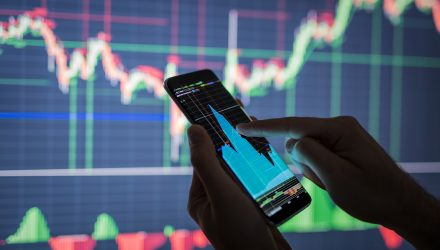JPMorgan analysts said in a recent note that the buyback blackout periods have been a key driver of the October selloff. They expect share repurchases to pick up dramatically after companies exit their blackout periods because of the selloff. Companies with share repurchase plans in place tend to buy their shares during times of weakness, and October certainly counts. Another key factor in share repurchases this year has been the Trump administration’s tax cut, which freed up more corporate capital for things like buybacks.
Prepare for a Surge in Share Repurchases
After the February selloff earlier this year, Bank of America Merrill Lynch said share repurchases saved the S&P 500, so it makes logical sense that the same thing will happen again after this month’s selloff.
Overall, Goldman Sachs expects $1 trillion in share repurchase authorizations this year. JPMorgan now estimates share repurchases among S&P 500 companies at about $900 billion to $1 trillion for this year, an increase from the $800 billion it expected at the beginning of the year. Deutsche Bank estimates the average weekly share repurchase amount at about $15 billion — when there are no buyback blackout periods in place.
UBS also mentioned share buybacks in a recent note. The firm expects repurchases and dividends to more than triple between early October and the middle of November. That’s when the majority of buyback blackout periods should be over.
For more trends in fixed income, visit the Advisor Solutions Channel.
